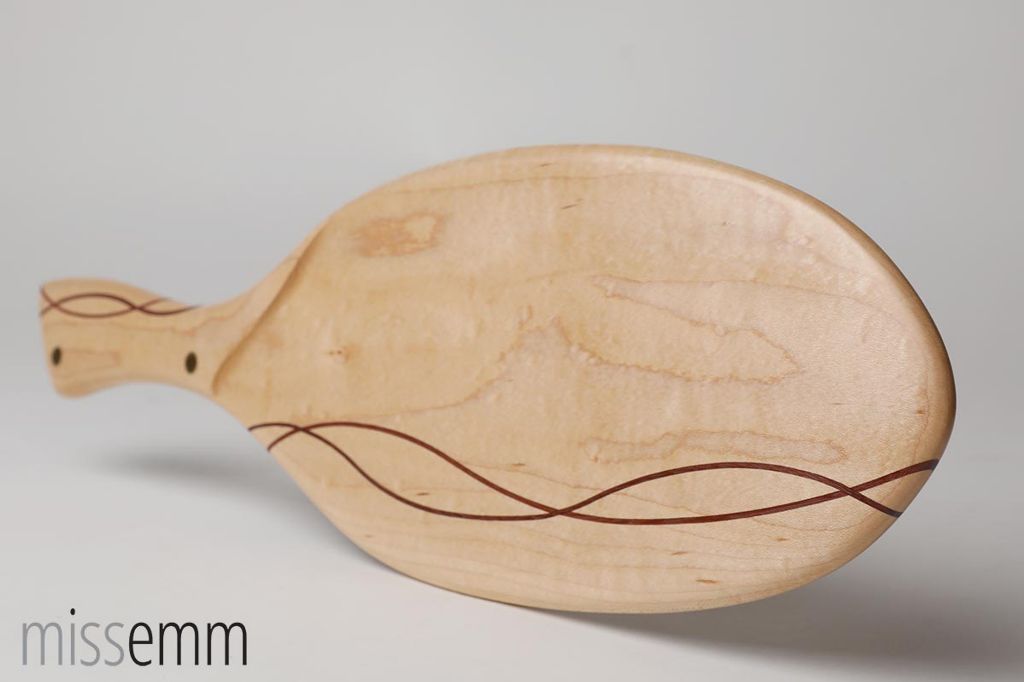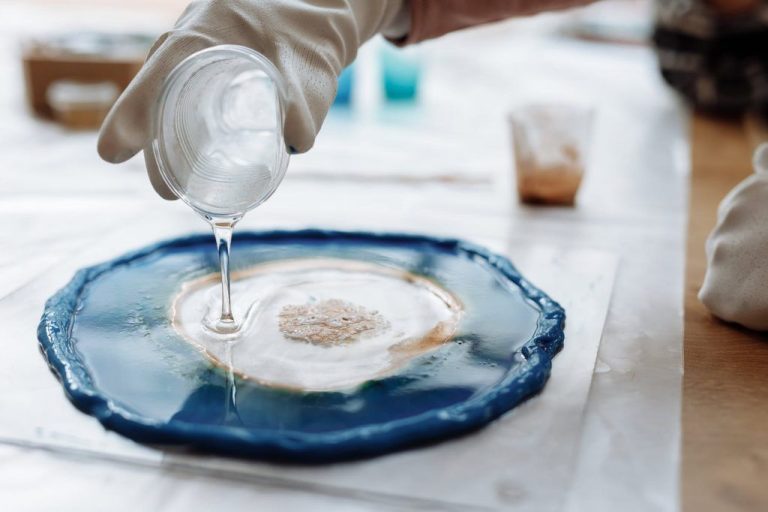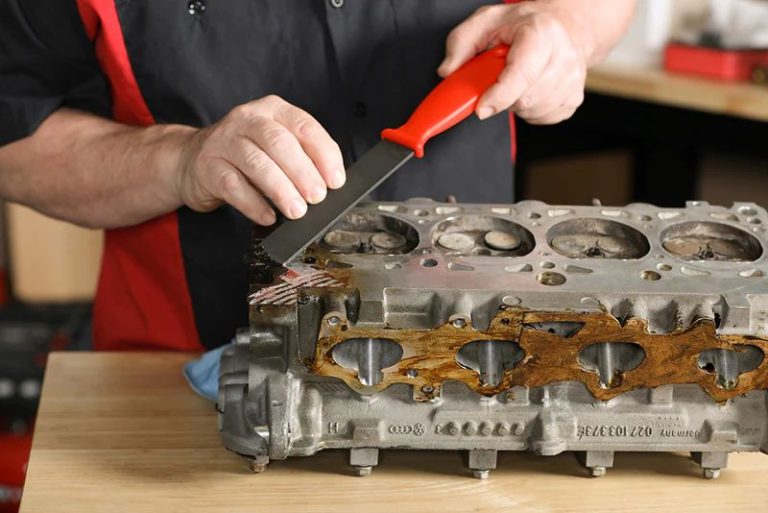What Does A Wooden Paddle Do?
A wooden paddle is an ancient and ubiquitous tool used to paddle watercraft. Wooden paddles have been used for thousands of years in various cultures around the world to power canoes, kayaks, rafts, and other small boats. They are typically long shafts of wood with a blade on one end that is placed in the water to provide propulsion.
The earliest evidence of wooden paddles dates back over 7,000 years to ancient dugout canoes discovered in the Netherlands. Various indigenous cultures have used and developed wooden paddles for everything from fishing and transportation to recreation and competition. Today, wooden paddles are still commonly used in canoeing, kayaking, rafting and rowing sports.
Wooden paddles provide an efficient and customizable way to manually propel small watercraft. When used properly, the paddle acts as a lever to push against the water and generate forward motion. Paddles come in various shapes and sizes specialized for different types of boats and paddling techniques.
Construction
Paddles are constructed from various materials, but wood is one of the most common. Hardwoods like ash, maple, and cherry are often used since they are rigid and durable, yet lightweight. The most ideal woods will be straight-grained and free of knots or defects. The shape of a paddle can vary, with wider blades for more power and smaller blades for greater maneuverability. They are typically 4-8 feet long and weigh around 2 pounds to remain lightweight. The grip area may be oval or T-shaped to provide a comfortable, ergonomic hold during hours of continuous paddling. Exotic woods can provide decorative details on the grip, blade, or shaft.

The paddle is formed by laminating thin plies of wood together with waterproof glue, allowing the shape to be molded into an efficient hydrodynamic design. The wood is planed and sanded to create smooth surfaces across the shaft and blade. A clear finish is applied to seal and protect the wood. Paddles may also incorporate other materials like fiberglass, carbon fiber, plastic, or metal on parts of the construction. High-end paddles utilize advanced engineering to maximize performance while minimizing weight.
Canoeing
Wooden paddles have traditionally been the paddle of choice for canoeing. Their lightweight design and ability to provide both power and control make them well-suited for navigating canoes through lakes, rivers, and streams.
Compared to aluminum or plastic paddles, wooden paddles allow for more nuanced steering and directional control. The flexibility of the wooden shaft allows paddlers to make minor adjustments during the stroke to keep the canoe tracking straight. Paddlers can also use techniques like J-strokes, ruddering, and draws to make precise changes in direction.
The smooth feel and quiet entry of wooden paddles are also advantages for canoeists who value stealth and do not want to startle wildlife. In addition, the warm look and traditional styling of wood paddles complement the classic lines of canoes and feel at home in natural settings.
While they require more maintenance than synthetic paddles, for canoeists who appreciate tradition, performance, and finesse, wooden paddles are still widely considered the gold standard.
Kayaking
Wooden paddles are commonly used in kayaking due to their inherent flexibility, which makes them easier on the shoulders and joints compared to paddles made from other materials (Kayak Paddles – Shaw & Tenney Outfitters). The flexible shaft of a wooden paddle reduces strain, allowing kayakers to paddle longer distances more comfortably. This flexibility also provides better control over directing the kayak.
Wooden paddles enable more precise steering and maneuvering of the kayak. The paddler can flex and twist the paddle to finely adjust direction and positioning. This level of control is harder to achieve with stiff paddles made of materials like aluminum or carbon fiber. Wooden construction allows subtle movements that let the paddler navigate tight spaces and avoid obstacles (Why Wooden Paddles are Never Out of Style – PaddlerGuide.com).
In addition to better technique and control, wooden kayak paddles provide advantages in comfort and durability compared to other materials. They tend to be lighter in weight, avoiding fatigue over long trips. The wood surface also provides good grip when wet. Overall, the natural properties of wood make it an excellent material for kayak paddles.
Rafting
Wooden paddles are sometimes used by raft guides navigating whitewater rivers. The technique for using a wooden paddle on a raft is different than with a fiberglass or plastic paddle. Wooden paddles allow for more nuanced steering and control over the raft’s direction. With practice, raft guides can use subtle movements of a wooden paddle to steer through rapids. One advantage of wooden paddles is they tend to be lighter than plastic or fiberglass. This reduces fatigue over long rafting trips. However, wooden paddles are more prone to breaking if they hit rocks in the river (https://www.mountainbuzz.com/threads/raft-guides-w-wood-sticks.34826/). Still, some raft guides prefer the feel of wooden paddles and believe the tradeoff in durability is worth it for the increased maneuverability.
Rowing
Wooden paddles are commonly used in rowing for propulsion and steering. Proper rowing technique involves using the paddle as a lever, rotating from the torso and back while keeping arms straight. The paddle acts as an extension of the arms, providing increased power and range of motion.
The design of the wooden paddle, with a broad blade and elongated shaft, allows rowers to generate forward thrust as well as steer the boat. The paddle is dug vertically into the water and rotated to create resistance against the boat’s momentum. Twisting the paddle alters drag on each side, turning the boat.
Compared to aluminum or plastic paddles, wood offers advantages of light weight, flexibility, and durability. The responsiveness of wood makes it easier to maintain proper technique. Wooden handles provide better grip with less vibration. The surface also tends to be easier on hands during prolonged use. Overall, wood remains a popular choice for rowing due to its performance and traditional aesthetic.
Sources:
https://www.reddit.com/r/Rowing/comments/12jllxc/is_there_a_disadvantage_to_using_wooden_handle/
https://www.boatdesign.net/threads/design-for-good-simple-oars-for-recreational-rowing.49373/
Discipline
Historically, wooden paddles were commonly used for corporal punishment and discipline in schools in the United States and other countries. The use of paddling began declining in the 20th century, but remained fairly widespread in some areas until the 1970s or 1980s.
Paddling was typically done by teachers or school principals, with the student bending over with their hands on a desk or chair. The paddle was generally made of thick wood like oak or maple. Paddling could be done on the buttocks or the hands.
Proponents of paddling argue it provides strong discipline and deterrence for misbehavior. However, many child psychology experts criticize it as an abusive and degrading practice that teaches violence. Research suggests paddling is not more effective at behavior modification than non-violent disciplinary methods.
By the 1990s, most U.S. states had banned corporal punishment in public schools. However, as of 2022, it remains legally allowed in some form in around 20 states, particularly in the South. Some schools still provide parental opt-out forms to avoid using corporal punishment on specific students.
Overall, the use of wooden paddles for discipline in schools has steeply declined over time due to concerns over student welfare and changing societal attitudes toward physical punishment.
Sources:
https://www.quora.com/When-and-why-did-schools-stop-using-wooden-paddles-for-discipline-Can-you-explain-how-they-were-used-and-how-frequently-they-were-used
Decoration and Crafts
Wooden paddles can be used for a variety of decorative arts and crafts projects. Their unique shape and texture make them ideal for creating one-of-a-kind art pieces and wall hangings. Paddles can be painted, stained, or left natural and then hung on the wall as is. They add visual interest and bring nature into the home.
Paddles can also be cut into unique shapes or have designs carved into them to make personalized wall art. Different textures can be created by burning or distressing the wood. Painting fun patterns, landscapes, or abstract shapes onto a paddle elevates it into a statement piece of art.
Smaller wooden paddles and paddle fragments work well for jewelry and mixed media art. Paddle pieces can be cut into circles, ovals, or other shapes to make necklaces, earrings, bracelets, and more. The wood grains and colors make each piece of jewelry vibrant and unique. Paddle fragments can also be incorporated into collages, mosaics, or assemblage pieces along with other found object materials.
Maintenance
Properly maintaining your wooden paddle is crucial for keeping it in good condition and extending its lifespan. Here are some key tips for storing, cleaning, and repairing your paddle:
For storage, avoid extreme temperatures and moisture which can cause the wood to crack or warp. Store the paddle horizontally on rounded supports to avoid flat spots. Apply a fresh coat of oil before storage to protect the wood.
Clean the paddle regularly by wiping down with a damp cloth to remove dirt, sap, or other debris. For a deeper clean, use a wood cleaner or mild soap and warm water. Rinse thoroughly and allow to dry completely before oiling or storing.
Check for signs of wear like splinters, cracks, or loose laminations. Sand down any splinters and re-oil those areas. For cracks, consult a professional about repair options like using epoxy resin to seal them. Severely damaged paddles may need professional refurbishment or replacement.
With proper care, a quality wooden paddle can last for many years. Storing in ideal conditions, routine cleaning, and mindful use will all help extend its lifetime.
Conclusion
In summary, wooden paddles have played an important role throughout human history in various activities like canoeing, kayaking, rafting, and rowing. They were essential tools for navigation and transportation before modern ships and boats. Wooden paddles are still commonly used today for recreation and sport. Beyond their practical functions, paddles have taken on cultural significance, like in fraternity rituals or for decorative purposes. While designs and materials have evolved over time, the classic wooden paddle endures as an icon. Its simplicity and elegance reflect the ingenuity of early human civilizations in crafting effective tools from natural materials. Even as technology progresses, traditional wooden paddles remain irreplaceable for connecting people to nature and channeling our adventurous spirits.





